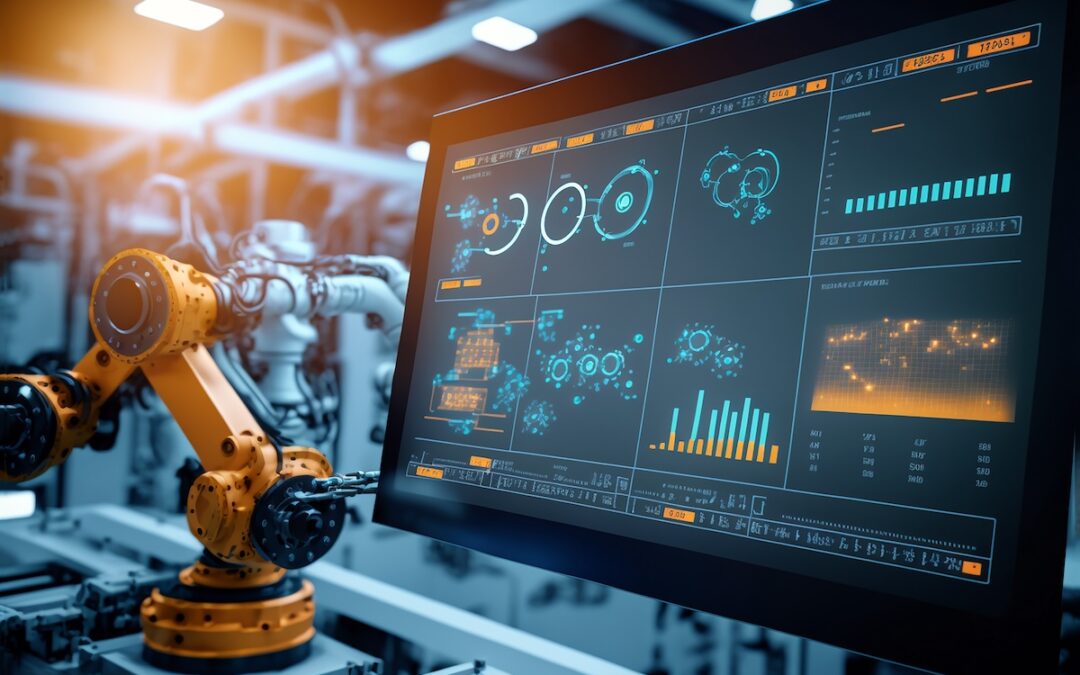In the world of manufacturing and production, ensuring the highest quality of products is paramount. This is where precision QC with stroboscope comes in. By utilizing the unique capabilities of a stroboscope, quality assurance professionals can significantly improve the accuracy of their inspections and the quality of their products.
A stroboscope is a device that uses a flash of light to make a cyclically moving object appear stationary. This tool is invaluable in various industrial applications, particularly in quality control where precision is critical. Understanding the role of a stroboscope in quality control can greatly enhance manufacturing processes and product reliability.

Understanding the Basics of Stroboscopes
A stroboscope works by emitting flashes of light at specific intervals. When these flashes are synchronized with the movement of a rotating or vibrating object, it creates the illusion that the object is stationary. This effect allows professionals to closely examine the object for any defects or inconsistencies that may not be visible to the naked eye. For more details on how this technology works, visit Wikipedia’s article on stroboscopes.
Applications in Quality Control
In quality control, the precision offered by stroboscopes is invaluable. They are used in various industries, including automotive, electronics, and pharmaceuticals, to inspect moving parts and ensure they meet specific standards. For example, in the automotive industry, stroboscopes can be used to inspect the uniformity of rotating parts such as wheels or gears.
Benefits of Using Stroboscopes
The benefits of using stroboscopes in quality control are numerous. They enable more accurate detection of defects and can reduce the time and cost associated with manual inspections. Additionally, they improve the consistency of inspections by providing a reliable method of viewing objects in motion.
Implementing Stroboscope-Based QC
Implementing a stroboscope in your quality control processes can lead to significant improvements in product quality. By integrating this technology, companies can achieve greater precision in their inspections, leading to higher customer satisfaction and reduced product returns. For more insights on implementing this technology, check out this article on implementing stroboscope-based QC.
Challenges in Precision QC
While the benefits are clear, there are also challenges associated with using stroboscopes. These include the initial cost of equipment and the need for training personnel to use the devices effectively. However, the long-term benefits often outweigh these initial challenges.
Overcoming Challenges
To overcome these challenges, companies can invest in training programs for their staff and look for cost-effective solutions when purchasing equipment. By doing so, they can maximize the benefits of precision QC with stroboscope.
Future of Stroboscope in Quality Control
The future of stroboscope-based quality control looks promising. With advancements in technology, these devices are becoming more precise and easier to use. This trend is likely to continue, making them an essential tool in the arsenal of quality assurance professionals.
Innovations and Advancements
As technology progresses, we can expect to see further innovations in stroboscope technology. These advancements will likely make the devices more affordable and accessible to a wider range of industries, enhancing the overall quality of products across the board.
Conclusion
In conclusion, precision QC with stroboscope is an invaluable tool for ensuring the highest quality in manufacturing and production processes. By understanding and implementing this technology, companies can greatly enhance their quality control efforts, leading to better products and increased customer satisfaction.

FAQs
- What industries benefit the most from stroboscopes?
Industries such as automotive, electronics, and pharmaceuticals benefit greatly from using stroboscopes in their quality control processes. - Are stroboscopes difficult to use?
While there is a learning curve, with proper training, stroboscopes are relatively easy to use and can greatly enhance inspection accuracy. - What are the main advantages of using a stroboscope?
Key advantages include improved inspection accuracy, reduced inspection time, and increased consistency in quality control processes.
This article contains affiliate links. We may earn a commission at no extra cost to you.
